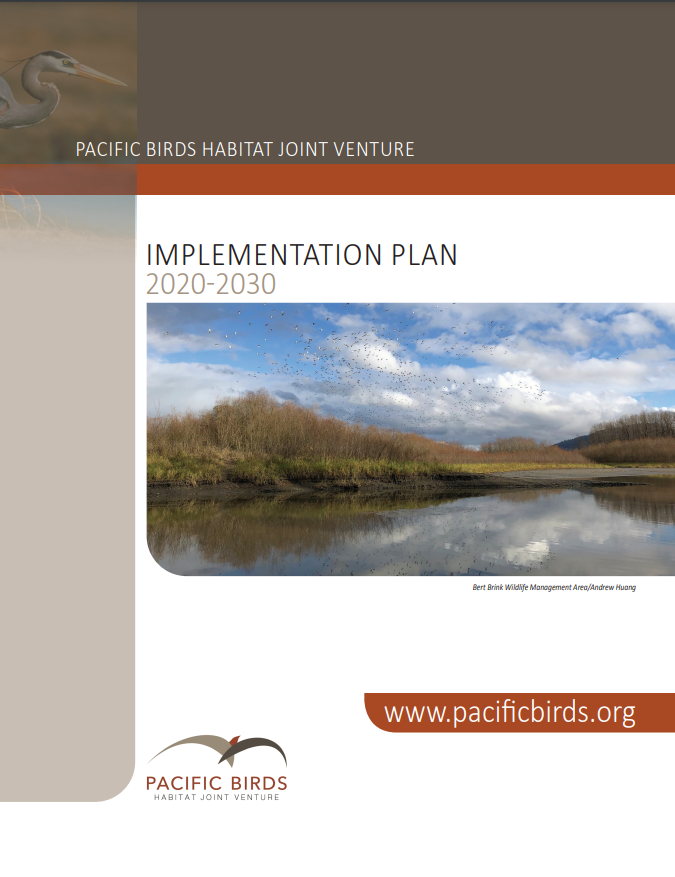Riparian forests are wooded areas of land adjacent to the banks of streams, lakes, and wetlands and the adjacent upland vegetation.
These ecosystems host incredible levels of faunal and floral diversity, help stabilize streambanks with vegetation, regulate waterway temperatures, and provide a source of nutrients and debris to waterways. They serve as key corridors connecting habitats and facilitating wildlife movement throughout the forest, linking ecological zones.
Many passerine species, including Pacific Birds priority species in British Columbia, such as Pacific Wren, Golden-crowned Kinglet, Townsend’s Warbler, and Varied Thrush, are tightly associated with forested riparian areas. And despite their small representation across the Pacific Birds landscape, riparian areas support a disproportionately large number of bird species and greater densities of birds than other forested habitats.

The Case for Conservation
Threats to Riparian Forests Include:
- Residential and Commercial Development
- Non-compatible Agriculture
- Climate Change and Severe Weather
- Invasive Non-native, Alien Species and Problematic Native Species
- Pollution (Effluents, Oil Spills and Overuse of Pesticides)
Benefits of Conserving Riparian Forests for Birds Include:
- Riparian habitats serve as important migration stopover habitats for a variety of passerines, including warblers, flycatchers, sparrows, swallows, and thrushes.
- Marine-derived nutrients from Pacific salmon can be transferred to riparian forests, fertilizing forests and increasing invertebrate abundance, which then ultimately provide an important food source for songbirds.

Top Conservation Strategies in British Columbia
The following section lays out key strategies for conserving riparian forests developed by the BC technical committee during Open Standards planning workshops and team meetings between 2018-2021. Broad strategies were developed with specific, measurable, and priority objectives.

To learn more about objectives and goals, please see the Pacific Birds Habitat Joint Venture B.C. Implementation Plan 2020-2030.

To learn more, contact Andrew Huang, our Canadian Coordinator.
Recent News about Riparian Forests
Connecting Science and Stewardship with eBird: An interview with Dr. Andrew Stillman
JV-eBird collaborators present at the 2024 American Ornithological Society Annual Meeting. From left to right: Laura Farwell (Pacific Birds), Orin Robinson (Cornell), Rebekah Rylander (Rio Grande JV), Andrew Stillman (Cornell), Ashley Peele (Appalachian Mountains JV). We recently had the privilege of speaking with Dr. Andrew Stillman of the Cornell Lab of Ornithology. He is part […]
What does Valentine’s Day have to do with birds?
What does Valentine’s Day have to do with birds? Apparently, a lot! As the story goes, Valentine’s Day dates back to medieval times when birdwatchers in France noticed many birds began mating around mid-February. They decided to designate a specific day-February 14th-to celebrate the beginning of the mating season. Whether or not this is the […]
The 2023-2024 Conservation Report: 8 Big Wins and More
The last year marked significant growth, strengthened partnerships, and progress toward shared conservation goals, with significant achievements across the Pacific Birds service area – from Alaska to coastal British Columbia, to Northwest California, and across the Pacific to the Hawaiian Islands. As we start the new year, join us in celebrating major conservation achievements in the Pacific Flyway.




